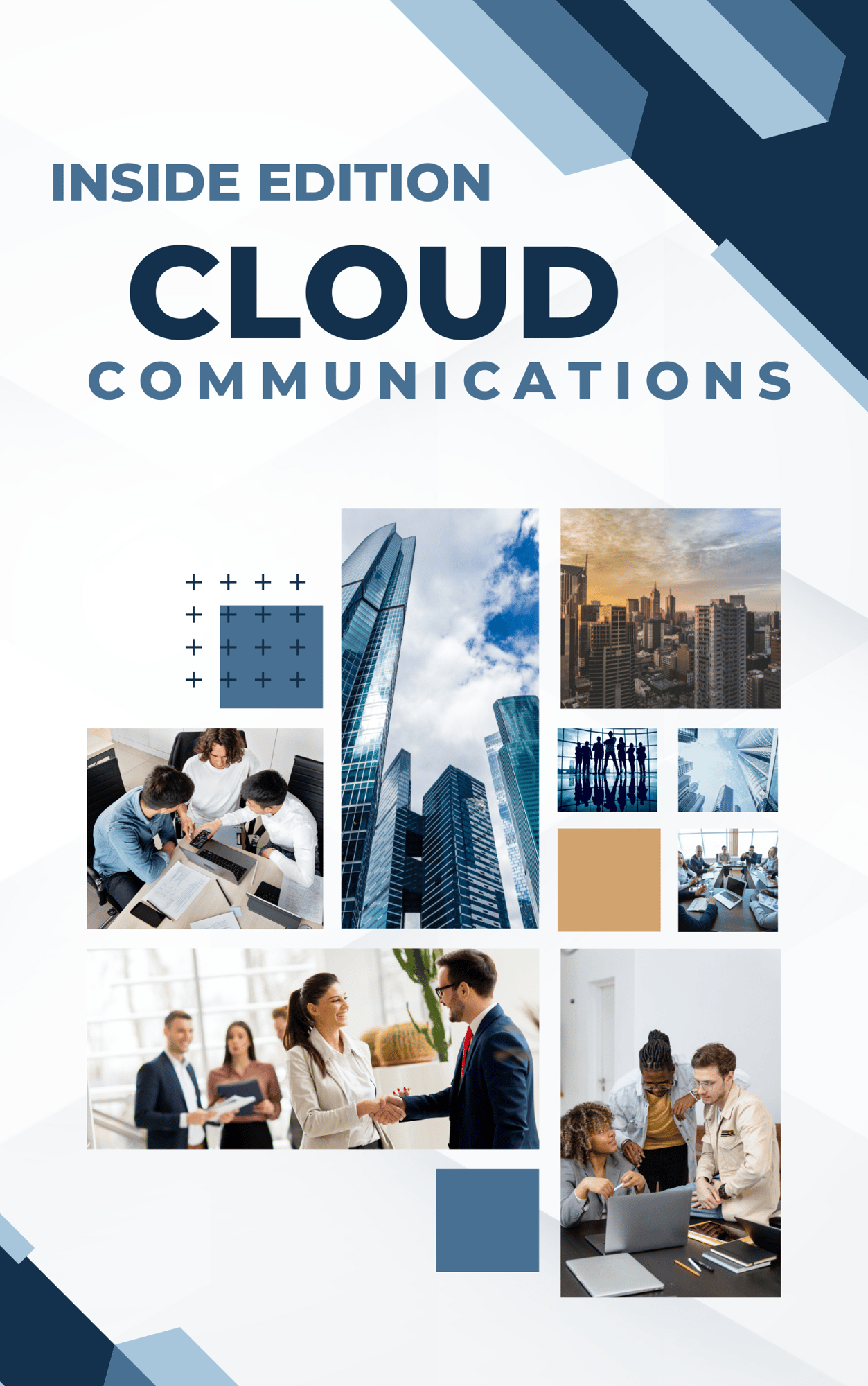Discover the benefits of using artificial intelligence for transcription in meetings and how it can streamline the process of generating action items.
The Importance of Accurate Transcription in Meetings
Accurate transcription in meetings is crucial for several reasons. First and foremost, it ensures that all the information discussed during the meeting is captured accurately. This is especially important for important decisions, action items, and other key points that need to be documented. By having an accurate transcription, participants can refer back to the meeting and have a clear understanding of what was discussed and decided.
Furthermore, accurate transcription helps in maintaining a record of the meeting for future reference. It allows individuals who were unable to attend the meeting to catch up on the discussions and outcomes. Additionally, accurate transcription enables effective communication and collaboration among team members by providing a written record of the meeting that can be easily shared and reviewed.
Inaccurate or incomplete transcription can lead to misunderstandings, misinterpretations, and missed opportunities. It can result in confusion, delays, and inefficiencies when trying to recall important details or follow up on action items. Therefore, accurate transcription is essential for ensuring effective communication, collaboration, and decision-making in meetings.
Benefits of Using AI for Transcription
Artificial intelligence (AI) has revolutionized the field of transcription by providing faster and more accurate results. Using AI for transcription offers several benefits:
1. Time-saving: AI transcription can transcribe meetings in real-time or at a much faster pace compared to manual transcription. This saves valuable time for participants who can focus on actively engaging in the meeting rather than taking notes.
2. Accuracy: AI transcription algorithms are continuously improving, resulting in high accuracy rates. AI can recognize different voices, accents, and speech patterns, ensuring accurate transcription even in challenging audio conditions.
3. Cost-effective: AI transcription eliminates the need for hiring professional transcribers or allocating internal resources for manual transcription. This can significantly reduce transcription costs for organizations.
4. Accessibility: AI transcription makes meeting content accessible to individuals with hearing impairments or language barriers. It promotes inclusivity and ensures that everyone can fully participate and benefit from the meeting discussions.
By leveraging AI for transcription, organizations can save time, reduce costs, and enhance accessibility, ultimately improving overall efficiency in meetings.
Streamlining Action Item Generation with AI
Generating action items is a critical part of any meeting. It involves identifying tasks, assigning responsibilities, and setting deadlines to ensure that the decisions made during the meeting are executed effectively.
AI can streamline the process of generating action items by automatically extracting relevant information from the meeting transcription. AI algorithms can identify action-oriented statements, keywords, and context to determine potential action items. This eliminates the need for manual note-taking and reduces the chances of missing important action points.
Moreover, AI can integrate with project management tools or task management systems to directly create action items and assign them to the relevant team members. This seamless integration saves time and ensures that action items are immediately captured and tracked.
Streamlining action item generation with AI not only improves efficiency but also increases accountability and ensures that tasks are properly documented and executed.
Enhancing Meeting Efficiency with AI Transcription
AI transcription technology offers several features that enhance meeting efficiency:
1. Real-time transcription: AI can transcribe meetings in real-time, providing participants with instant access to the meeting content. This enables quick referencing and facilitates active participation without the need for extensive note-taking.
2. Searchability: AI transcription allows for easy search and retrieval of specific discussions or keywords within the meeting transcript. This saves time when trying to locate specific information or referring back to previous discussions.
3. Summarization: AI can automatically generate meeting summaries by extracting key points, decisions, and action items from the transcription. This helps in quickly reviewing the meeting outcomes and sharing them with relevant stakeholders.
4. Insights and analytics: AI transcription can provide valuable insights and analytics on meeting patterns, participant engagement, and topic trends. This data can be used to identify areas for improvement, optimize meeting agendas, and enhance overall meeting effectiveness.
By leveraging these AI-powered features, organizations can maximize meeting efficiency, improve productivity, and drive better outcomes.
Future Trends in AI Transcription for Meetings
The field of AI transcription for meetings is continuously evolving, and several future trends are expected to shape its development:
1. Natural language processing advancements: AI transcription is expected to become even more accurate and efficient with advancements in natural language processing (NLP) algorithms. NLP will enable AI to better understand context, nuances, and speaker intent, resulting in more accurate and contextually relevant transcriptions.
2. Multilingual transcription: AI transcription will continue to improve its capabilities to transcribe meetings in multiple languages. This will further enhance global collaboration and communication by breaking down language barriers.
3. Integration with virtual meeting platforms: AI transcription will be seamlessly integrated with virtual meeting platforms, allowing for real-time transcription and automatic generation of action items within the meeting interface. This integration will enhance user experience and streamline meeting workflows.
4. Enhanced security and privacy features: AI transcription providers will focus on implementing robust security measures to protect sensitive meeting data. This includes encryption, access controls, and adherence to data privacy regulations.
As AI transcription technology advances, organizations can expect more accurate, efficient, and secure solutions that will continue to transform the way meetings are conducted and documented.
Tags:
Artificial Intelligence
Jun 12, 2024 10:19:00 AM





Comments